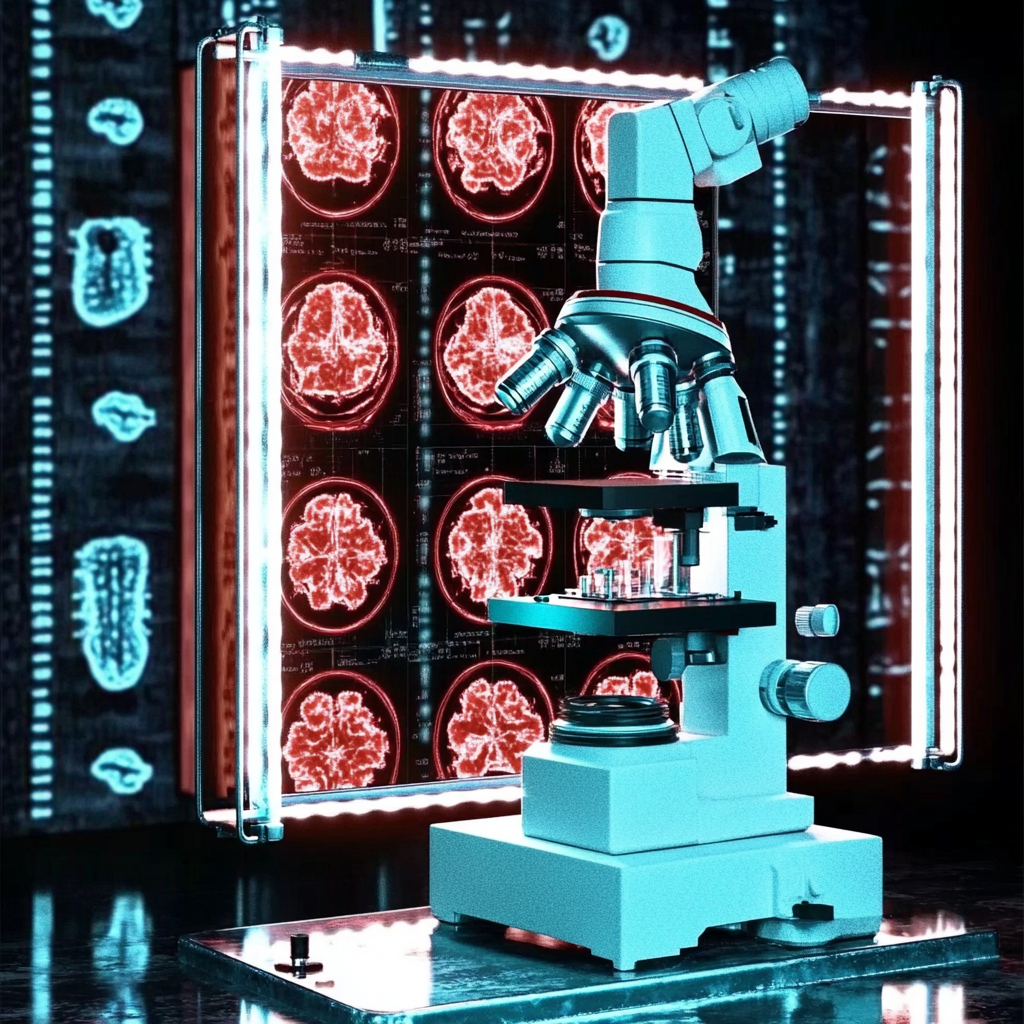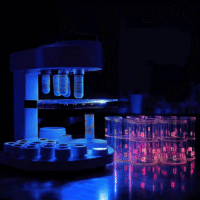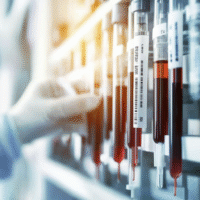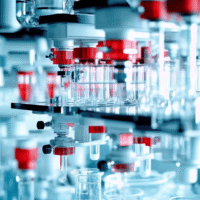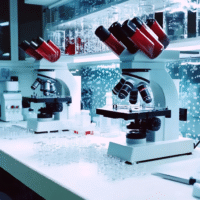Understanding the Clinical Value of mNGS in Diagnosing Peritonitis
A recent study explored the benefits of a new test called metagenomic next-generation sequencing (mNGS) for diagnosing peritoneal dialysis-associated peritonitis (PDAP). Here’s what you need to know about the findings and how they can help patients and clinics.
Study Overview
- Aim: The study aimed to see if mNGS can quickly and accurately find germs causing PDAP and check how they respond to antibiotics.
- Method: Patients with PDAP were divided into two groups:
- Group 1: Received both standard culture tests and mNGS.
- Group 2: Received only standard culture tests.
- Results: The first group detected germs better and faster than the second group.
What Worked
- Faster Detection: mNGS found pathogens (germs) much quicker than standard tests.
- More Accurate: The test was 88.94% accurate in predicting how germs respond to antibiotics.
- Higher Detection Rate: It identified more types of infections, including mixed infections.
What Didn’t Work
- No significant difference was found in how quickly patients’ symptoms improved, regardless of which test was used.
How This Helps Patients and Clinics
- Better Treatment Decisions: Knowing which antibiotics will work can lead to more effective treatment.
- Optimized Care: Faster diagnosis may help doctors start the right treatment sooner.
Real-World Opportunities
- Hospitals can adopt mNGS to improve their diagnostic techniques for infections in dialysis patients.
- Doctors can use mNGS results to tailor antibiotic treatments for each patient effectively.
Measurable Outcomes to Track
- Rate of pathogen detection in patients.
- Speed of receiving test results.
- Effectiveness of antibiotic treatments based on mNGS results.
AI Tools to Consider
- AI systems can analyze mNGS data to suggest the best treatment plans based on patient history and test results.
Step-by-Step Plan for Clinics
- Start Small: Introduce mNGS for a limited number of PDAP cases to evaluate its impact.
- Train Staff: Ensure healthcare providers understand how to interpret mNGS results.
- Monitor Outcomes: Track improvements in diagnosis speed and treatment effectiveness.
- Expand Use: Gradually expand mNGS use as you gather positive results and confidence in the tool.
For more details, you can view the full research study here.
